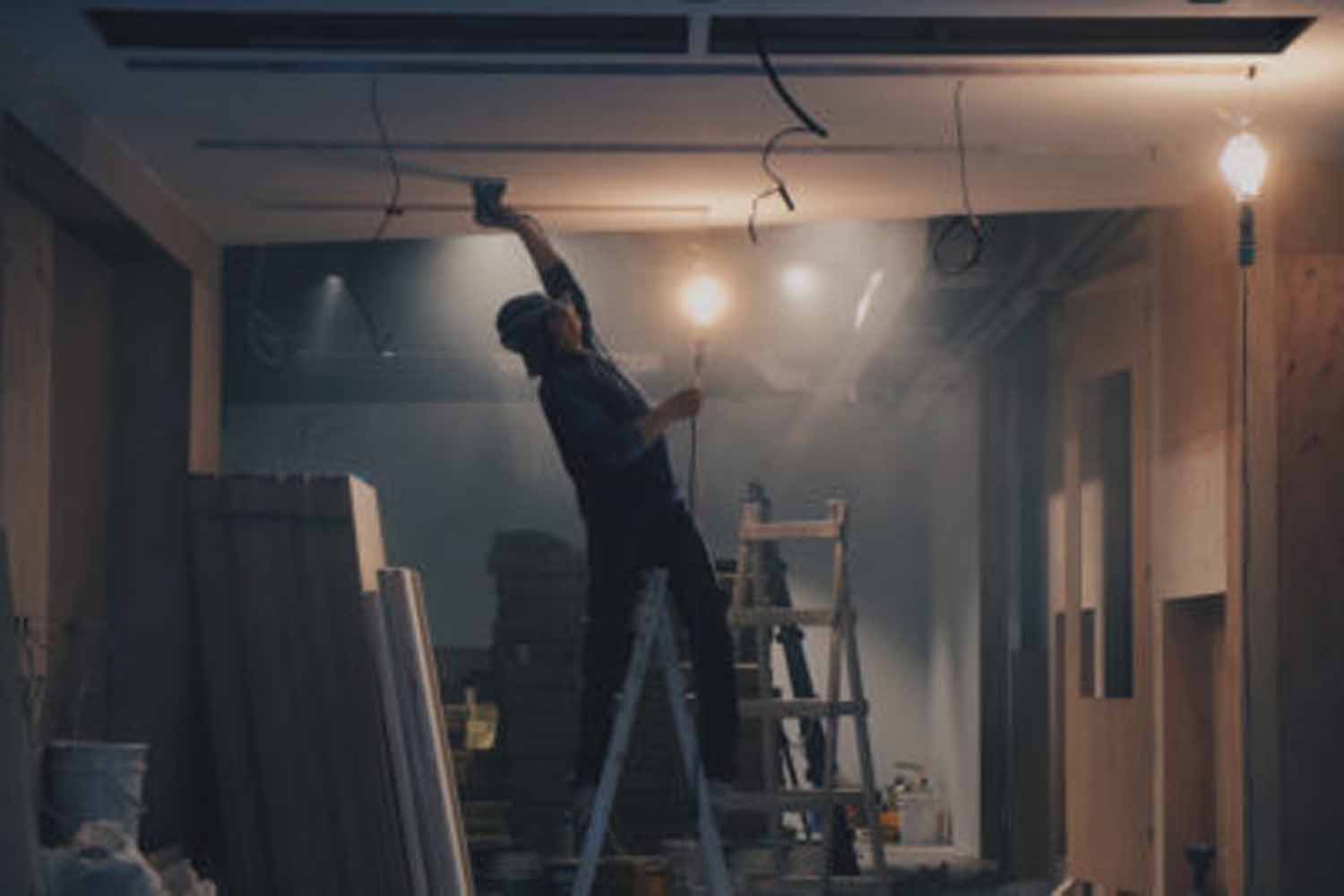
In Florida, an insurance company may have a duty to defend and/or indemnify its insured. The insurance company’s duty to defend its insured (as in defending the insured in a lawsuit) is broader than its duty to indemnify (as in paying for damages caused by the insured). The duty to defend is separate and apart from the duty to indemnify.










